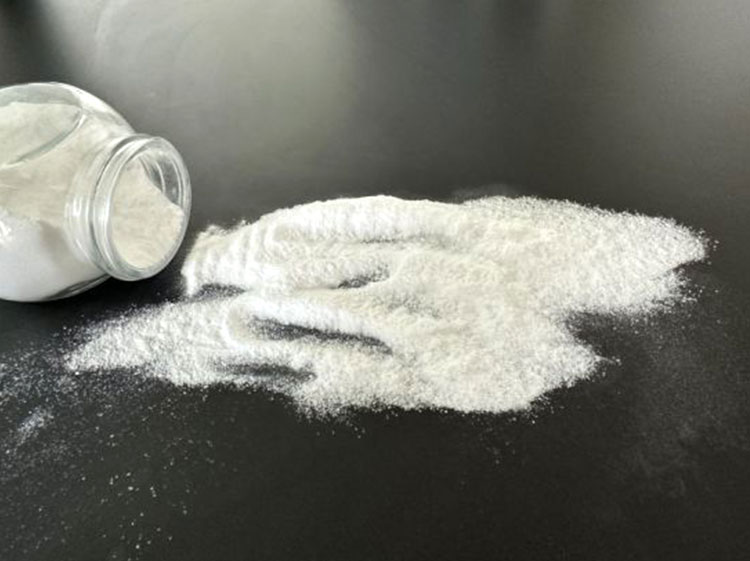
Electroplating involves applying a thin layer of metal onto an object using an electric current. While undertaking electroplating. A variety of additives are used in the electroplating process.
Some of the key additives used are as under:
Levelers
Levelers are additives which help in refining the surface of the plated metal, diminishing roughness and enhancing the visual quality of the finish. Typical levelers are gelatin, polyethylene glycol (PEG), and molasses.
Brighteners
Brighteners help in improving the brightness, luster, and leveling of the plated metal surface by inhibiting the growth of large crystals and promoting a smoother, more reflective finish. Some of the brighteners used are thiourea, mercaptobenzothiazole (MBT), and organic sulfides.
Wetting Agents
Wetting agents help control the distribution of ions in the plating solution, reduce the formation of hydrogen gas bubbles, and prevent surface defects such as pitting and blistering during the electroplating process. Common wetting agents include alcohols and surfactants.
Conductivity Agents
Conductivity Agents help to increase the conductivity of the plating solution, allowing for efficient transfer of electric current during the electroplating process. They also assist in maintaining the proper pH level and chemical balance of the plating bath. Acids, bases, and salts are common conductivity agents.
Stress reducers
Stress reducers are added to the electroplating bath in specific concentrations to optimize the plating process and ensure the deposition of high-quality, stress-free coatings. Common stress reducers include saccharin and levulinic acid.
Grain refiners
Grain refiners influence the grain size and structure of the deposited metal. They can help produce coatings with finer grain sizes, which often exhibit improved mechanical properties such as hardness and wear resistance. Some of the grain refiners used are polyethylene glycol (PEG), aldehydes, and sodium thiosulfate.
The selection and concentration of additives depend on factors such as the type of metal being plated, the desired properties of the plated layer, and the specific requirements of the plating process. Adjusting the composition and concentration of additives can help optimize the electroplating process to achieve the desired coating characteristics.
DU Organics provides various electroplating solutions to its clients. For obtaining more information with respect to the same, visit our website or contact us today!